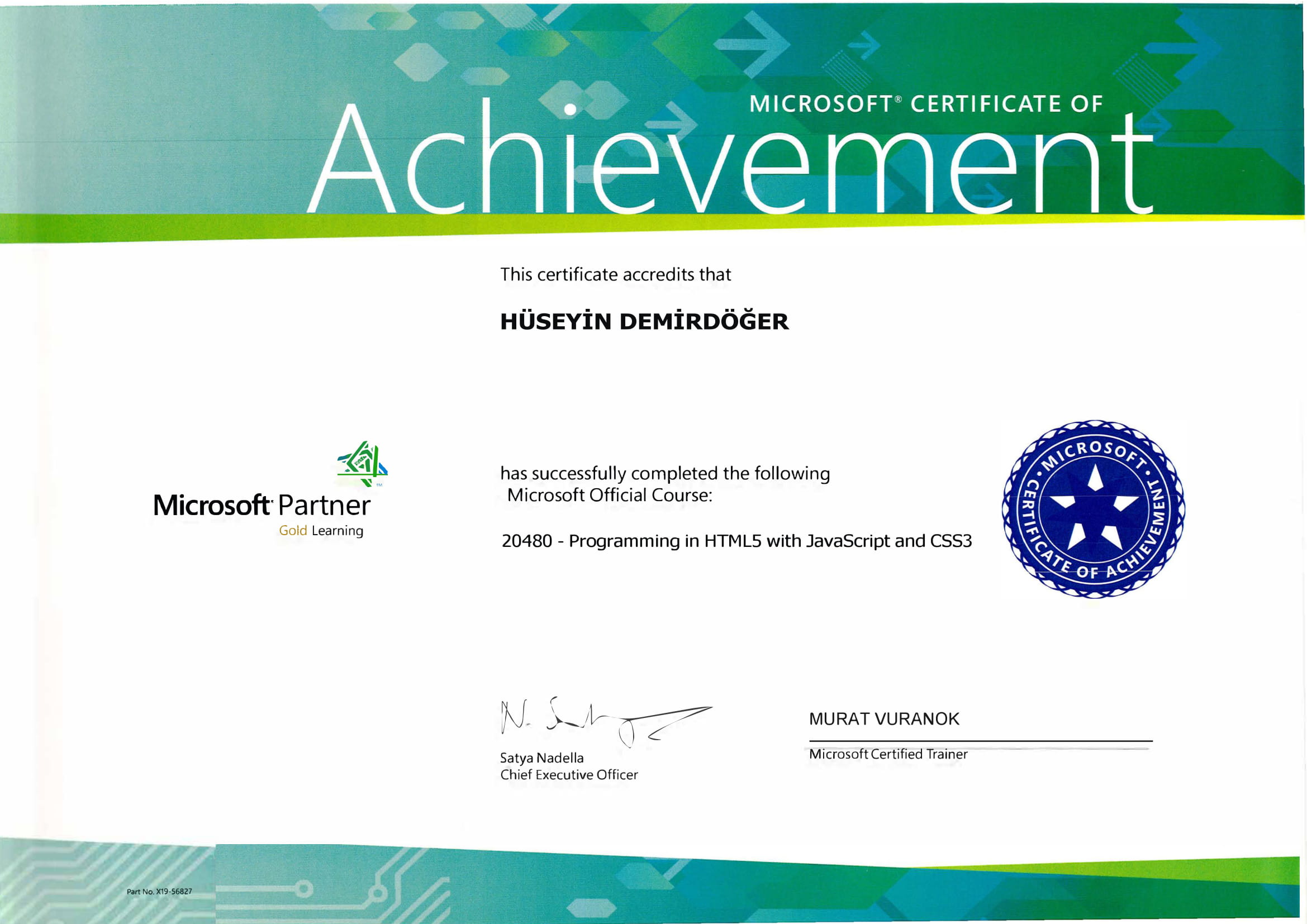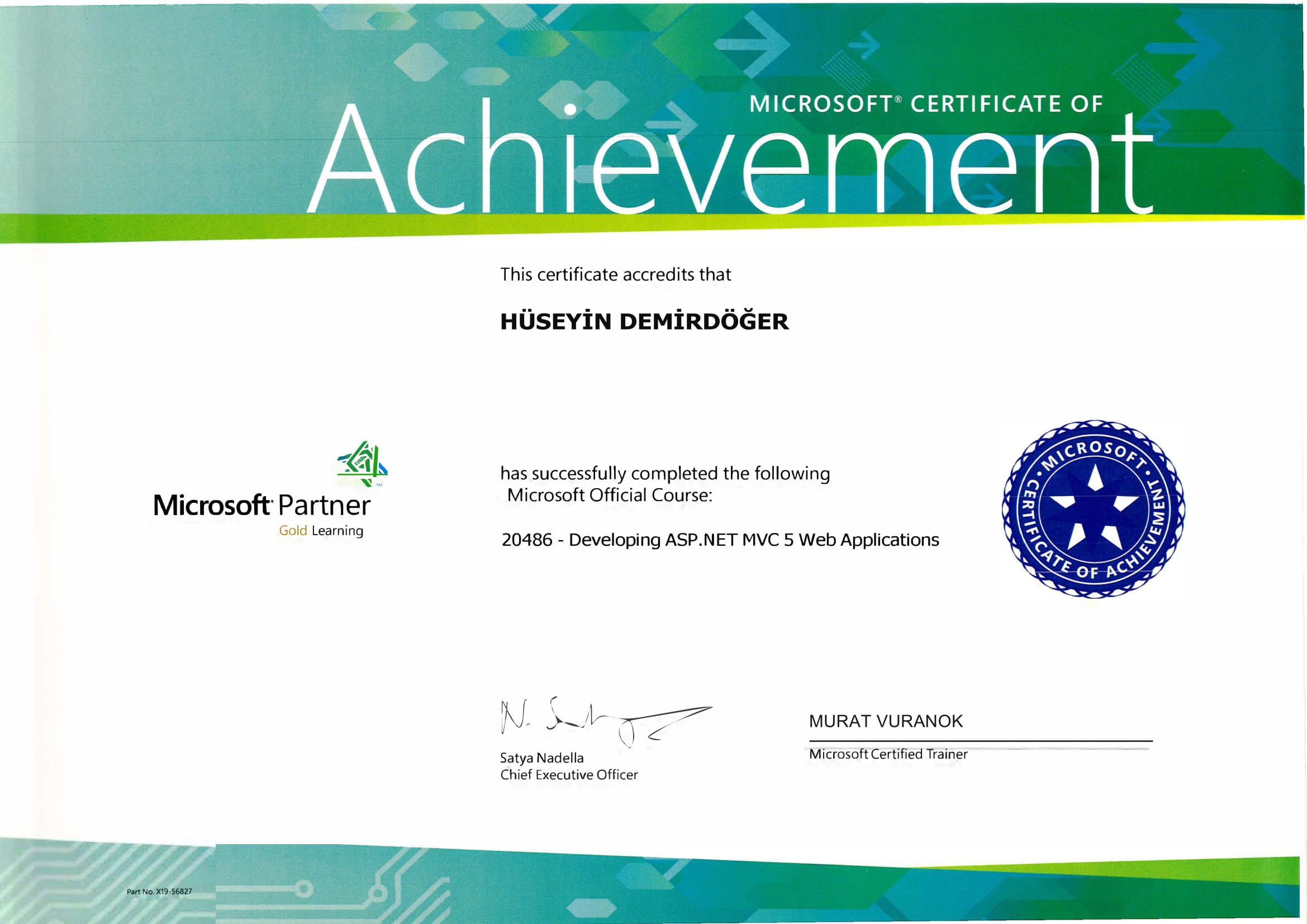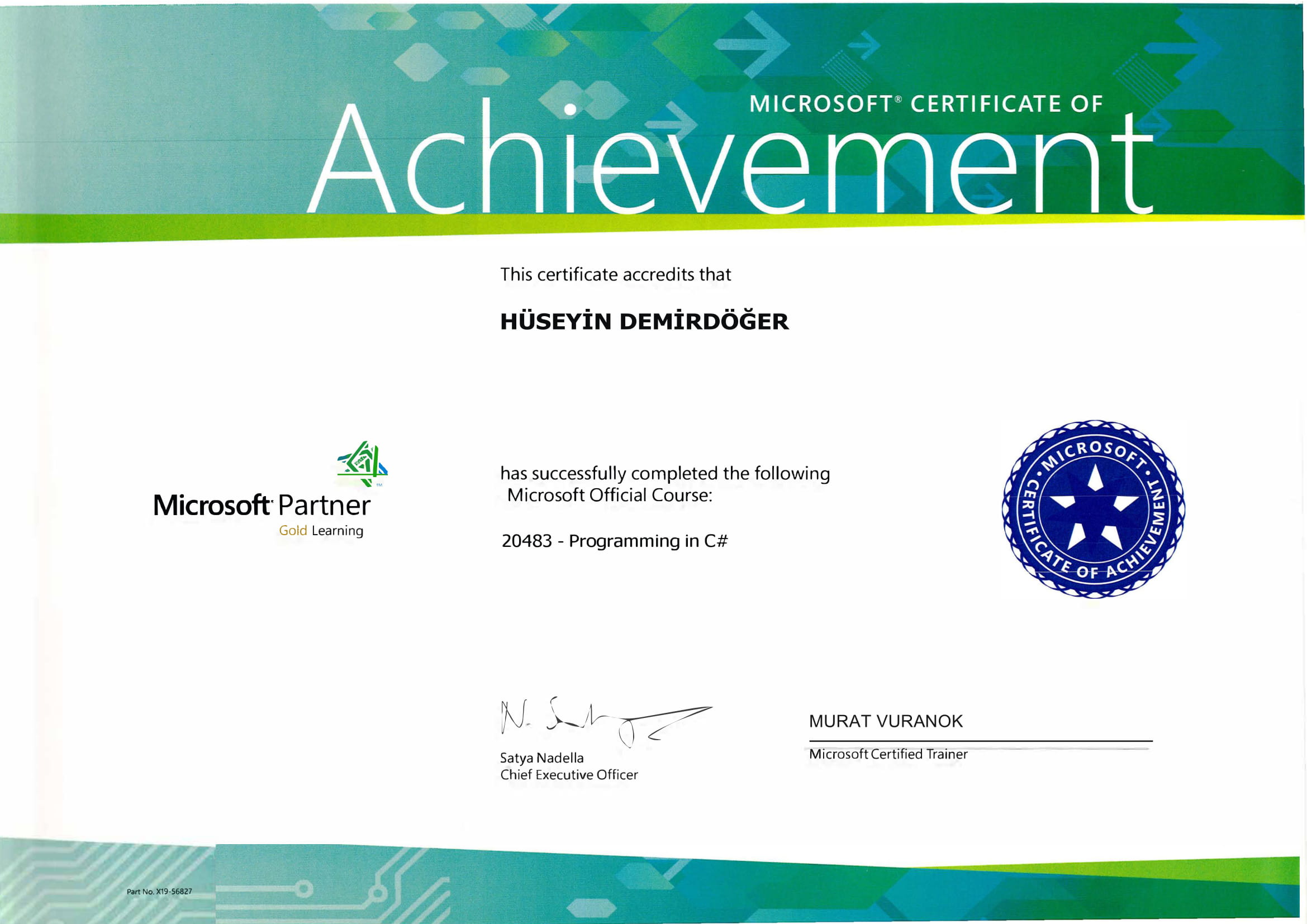Navigating Windows errors can be a real headache, especially when confronted with ominous codes like 0x80070003. But don't sweat it; you're not alone in this. Resolving such errors involves understanding what causes them and taking the right steps to fix them. Windows error code 0x80070003 often signifies issues like update failures, system restore problems, or even corrupt files. Let's explore how to tackle these problems one by one.
Understanding Error Code 0x80070003
First, let's decode what this error stands for. Essentially, error 0x80070003 appears when Windows cannot find files that are part of an update or might be needed for system functions. Quite frustrating, right? I encountered something similar not too long ago; it turned out my update files were missing. This error is fairly common, and tackling it involves several strategies.
Steps to Fix Update Failures
Run the Windows Update Troubleshooter
The simplest and often most effective method. Windows troubleshooting tools are there for a reason. So, give it a shot first.
- Go to Settings > Update & Security > Troubleshoot.
- Select "Windows Update" and click "Run the troubleshooter."
You'll find that this sometimes resolves minor issues automatically. If you're interested in troubleshooting different kinds of update failures, you could check out other Windows error solutions.
Delete Temporary Update Files
Ah, the good ol' temporary files! These pesky files can sometimes become corrupt and cause more harm than good.
- Navigate to C:\Windows\SoftwareDistribution\Download and delete its contents.
- Then, run the update again.
In doing so, you might be lucky enough to clear up the confusion your system faces during updates. This method resembles solutions for other errors such as deletion practices outlined here.
Solving System Restore Issues
System Restore is meant to be a safety net. But what if it's causing troubles? It's usually tied to the same underlying issues.
Check System Restore Service
- Press
Win + R, typeservices.msc, and hit Enter. - Ensure that "Volume Shadow Copy" and "System Restore" services are running.
- Press
For further guidance, you might want to explore related trouble-shooting steps.
Addressing File Corruption Problems
Corrupt files can complicate things unnecessarily. When files required for system functions are damaged, you get errors like 0x80070003.
Use System File Checker (SFC)
Using the SFC tool is akin to a lifesaver; it scans and repairs corrupt files.
- Open Command Prompt as an administrator.
- Type
sfc /scannowand let it do its thing.
Could it be simpler? Sometimes I too wondered about the power of SFC, but it works wonders even on errors such as activation issues.
Wrapping It Up
So, that's the gist of tackling error code 0x80070003. It's a mix of checking services, eliminating temporary data, and ensuring vital functions like System Restore don't betray you. The important thing is, while these steps can be quite technical, they're regularly part of keeping your system in top shape. Have you ever experienced something like this? What's your take on Windows troubleshooting tools?
For more detailed exploration, a Microsoft TechNet article might offer extra insights, as they often delve into underlying causes and advanced solutions. Remember, understanding and patience are your best allies when dealing with digital dilemmas. Good luck!


















